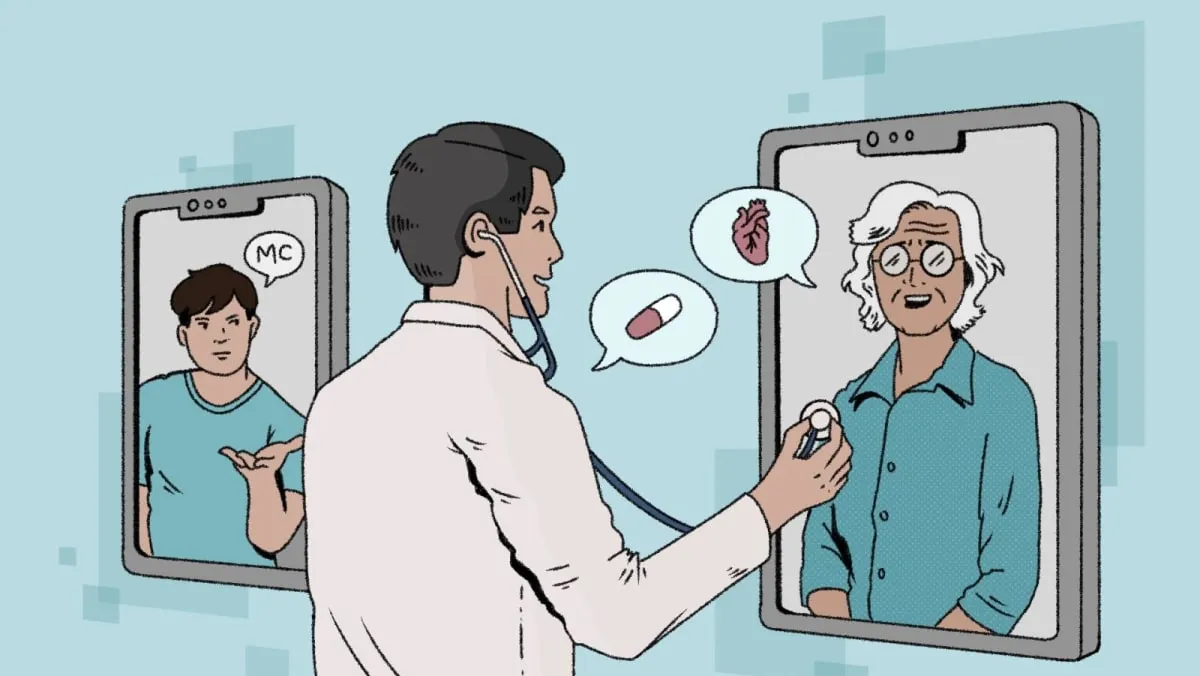Telemedicine in Healthcare: A Future Supported by Collective Responsibility

Understanding Telemedicine's Role in Healthcare
Telemedicine has emerged as a pivotal solution in the healthcare landscape, promoting accessibility and efficiency. It allows patients to consult healthcare providers from the comfort of their homes, reducing the need for in-person visits. However, recent controversies, particularly surrounding the MaNaDr Clinic, underscore the necessity for both healthcare professionals and patients to engage responsibly with telemedicine.
The Need for Higher Standards
- Increased scrutiny of healthcare platforms like MaNaDr Clinic
- The importance of quality assurance and patient safety
- Advocating for rigorous standards in telemedicine
The healthcare industry must adapt by implementing regulations that ensure telemedicine remains a trustworthy avenue for patient care. This responsibility falls upon both healthcare providers and patients to foster and uphold high standards.
Conclusion: A Collective Responsibility
Telemedicine's future in healthcare is bright, but its success relies on dedicated efforts from both healthcare professionals and patients. As we navigate this transition, it's critical to prioritize quality, safety, and mutual responsibility.
This article was prepared using information from open sources in accordance with the principles of Ethical Policy. The editorial team is not responsible for absolute accuracy, as it relies on data from the sources referenced.